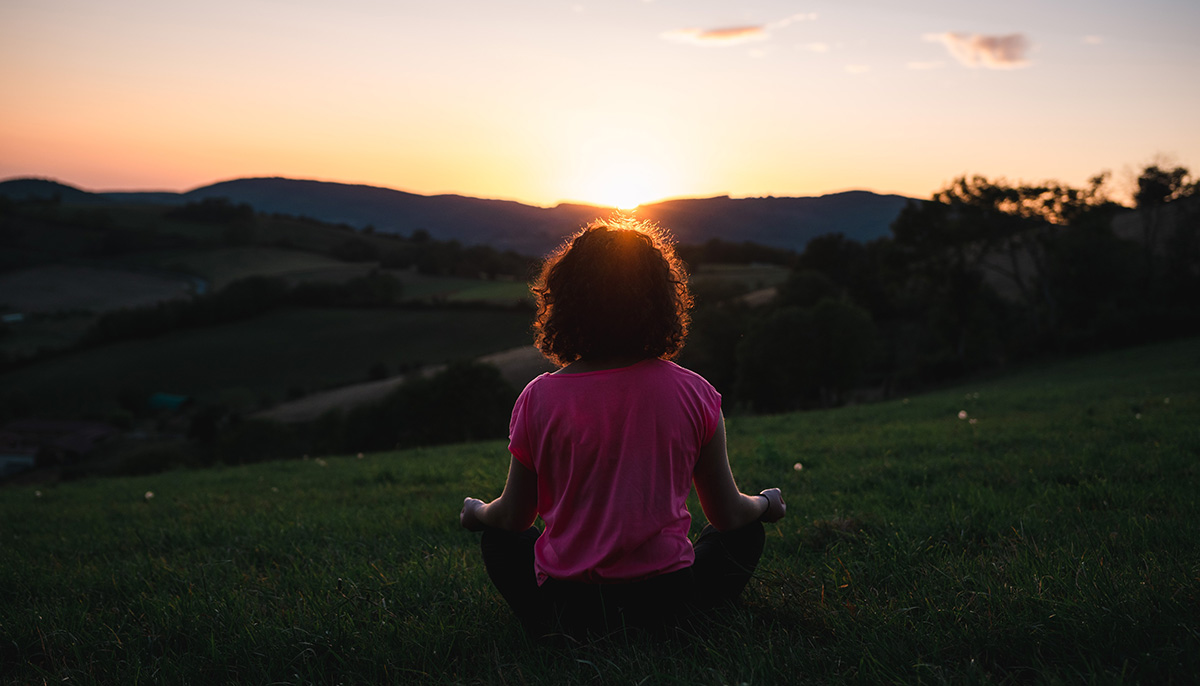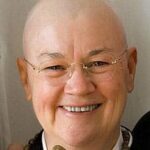Sometimes it feels as if we have nowhere to turn. Maybe it’s a sudden loss, or an ongoing struggle we have been trying to manage for too long. This last year seems to have intensified the personal suffering we experience. It is as if the outside world is mirrored in our own hearts, in our feelings, and in our minds.
Many of us are challenged with the most searing of concerns, the losses that seem to come all at once: of jobs, and friendships, and most poignantly, the loss of life of dear ones. At times like this, we may turn to a meditation practice to help us, to ground us, and to loosen the sense of suffering we are feeling.
The magic of this way of meditative practice is that it is so intimate, so anchored in our own minds and bodies.
These days there are many meditation instructions available, and it’s no wonder that we may want to find ease and relief by following them. But sometimes, that effort can, unfortunately, become yet another struggle with ourselves. We worry, “Am I doing it right?” “What’s the second step?” and so forth.
Let me tell you about the Zen practice of Shikantaza.
It’s about doing nothing—intentionally.
We can translate Shikantaza as “just sitting,” and it is usually practiced sitting cross-legged on a cushion on the floor or upright in a chair. The idea of the posture is to be structurally coherent and allow you to breathe easily, limiting distractions. Not too tight, not too loose.
And then—we simply sit and breathe.
Or, as Dogen, the thirteenth-century Zen teacher who adapted the Chinese teacher Hongzhi’s “Silent Illumination” method, wrote, “Think of not-thinking. How do you think of not-thinking? Beyond thinking.”
The magic of this way of meditative practice is that it is so intimate, so anchored in our own minds and bodies. As Dogen says, this practice “is not step-by-step meditation. It is simply the dharma gate of peace and comfort. It is the practice-enlightenment of the ultimate Way.”
Following this “method-less” method, we become free of thoughts and instead enter a flowing awareness. Here is an instruction I sometimes offer for Shikantaza practice:
This is an impossible thing to do, so just settle body, breath, and mind.
Drop quietly into your body. Is there tension? Release.
Let the breath come easily, freely. Just the breath, right now.
A recurring feeling? Ahh, yes… But just allow, let it, don’t hold it.
It is just another changing, flowing, fleeting aspect of this moment.
Allowing, releasing, letting go—breathing.
When thoughts arise, they too rise and fall, like the breath.
Thoughts have no form. Like clouds they float by and float away.
They become lighter, losing form, until that cloud, that thought, has disappeared, and just the vast and boundless sky remains. Not separate from you yourself in this moment.
After thirty minutes, bow to yourself, in gratitude.

